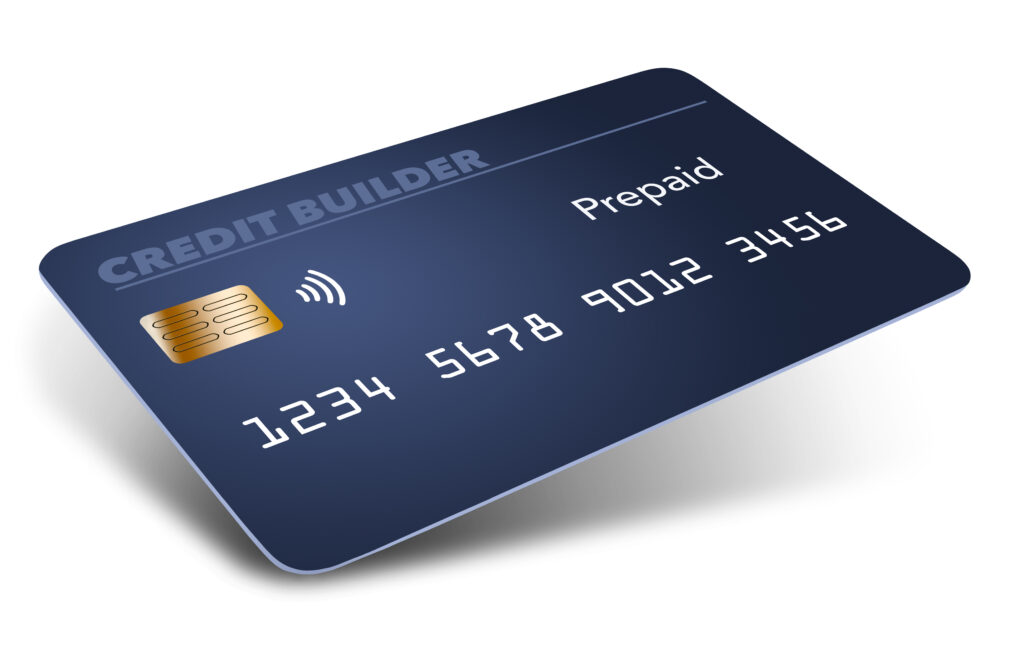
Credit bureaus assign scores for your credit report based upon how well you pay your bills, the amount owed and the time that it's been since you applied to credit. These scores can help lenders predict if you'll be capable of paying your bills on time. They range between 300 and 850. A higher score signifies that you are able to pay your bills on time. These credit bureaus combine, synthesize and present the information to lenders or other businesses.
Equifax, Experian, TransUnion are three of the major credit bureaus
The credit bureaus will track your credit and assess your risk to make a decision about lending to you. There are many credit agencies, but most lenders only use one or two of these three. Equifax, a credit bureau, was originally established in 1899 for retail credit. The company had offices across North America by 1922 and credit files for many millions of Americans.
Each bureau is different and offers different credit monitoring service models. TransUnion is focused primarily on consumer data. Equifax sells customer information to retailers and government agencies. Both companies also provide credit monitoring services for general public.

They each receive an annual credit report for free
Simply call the toll free number or go online to obtain your free annual credit score report. The report will reach you in 15 days. The report can be requested at intervals of up to four month, or in staggered order. You will not get a complete credit report if you request it in a staggered manner. A monitoring service may be an option, with prices ranging from $40 to more than $100 per year.
Although all three credit bureaus have information about you, information can differ between them. This is because individual creditors do not have to report to all three bureaus. Some mortgage companies will only report to one or two of these bureaus. So, it is important to check all three to see if there are any discrepancies. This can impact your credit score.
They each have a background check
To check if someone is a felon, consumers can look at their credit reports. This is a good practice for avoiding identity theft and fraud. These reports are useful for many purposes such as loan applications, utility deposits, etc. They provide identifying information, a list past and current credit accounts, as well payment history.
Credit reports are provided by the 3 major credit bureaus, Equifax, Experian, and TransUnion. Each bureau will calculate your credit score differently, so the information you receive may be slightly different. You need to understand the limitations of each bureau in order to safeguard your credit score and maintain good credit.

Each one has a VantageScore credit score model
While FICO scores are still widely used, VantageScore credit scoring uses a more detailed model. It includes factors such payment history, age, and credit account types. VantageScore includes trends as well as measures the available credit. It's free to download from Credit Karma.
VantageScore, a consumer credit report bureau that tracks consumers' credit history, was launched in 2006 by three major credit reporting agencies. Since then, it has gone through several versions, and its latest version, VantageScore 3.0, was released in 2013. It quickly became the most loved credit scoring model and helped more than 40,000,000 Americans get their scores. VantageScore 3.0 was the latest version released in 2017. However, many lenders still prefer VantageScore 3.0 to approve loan applications.